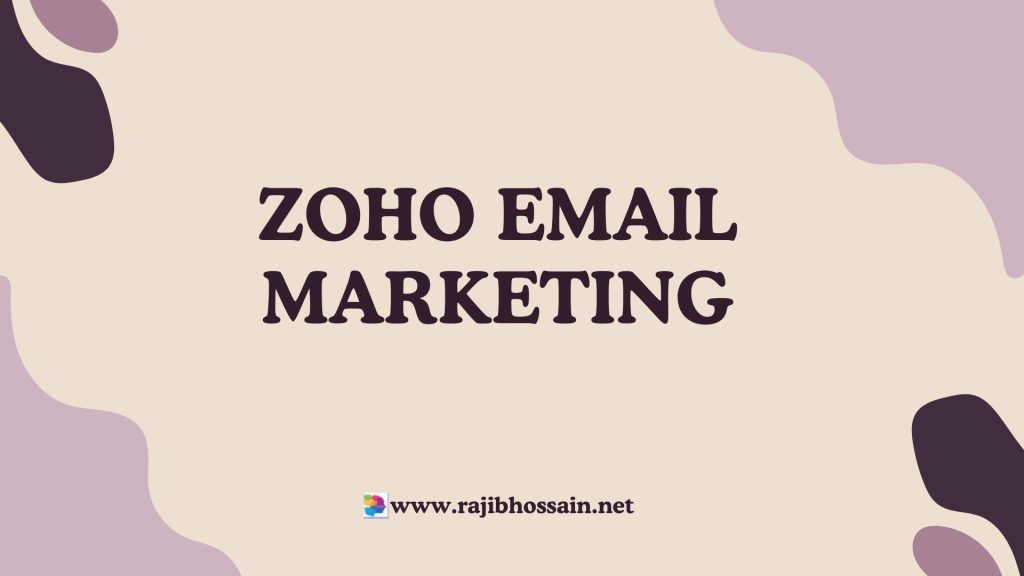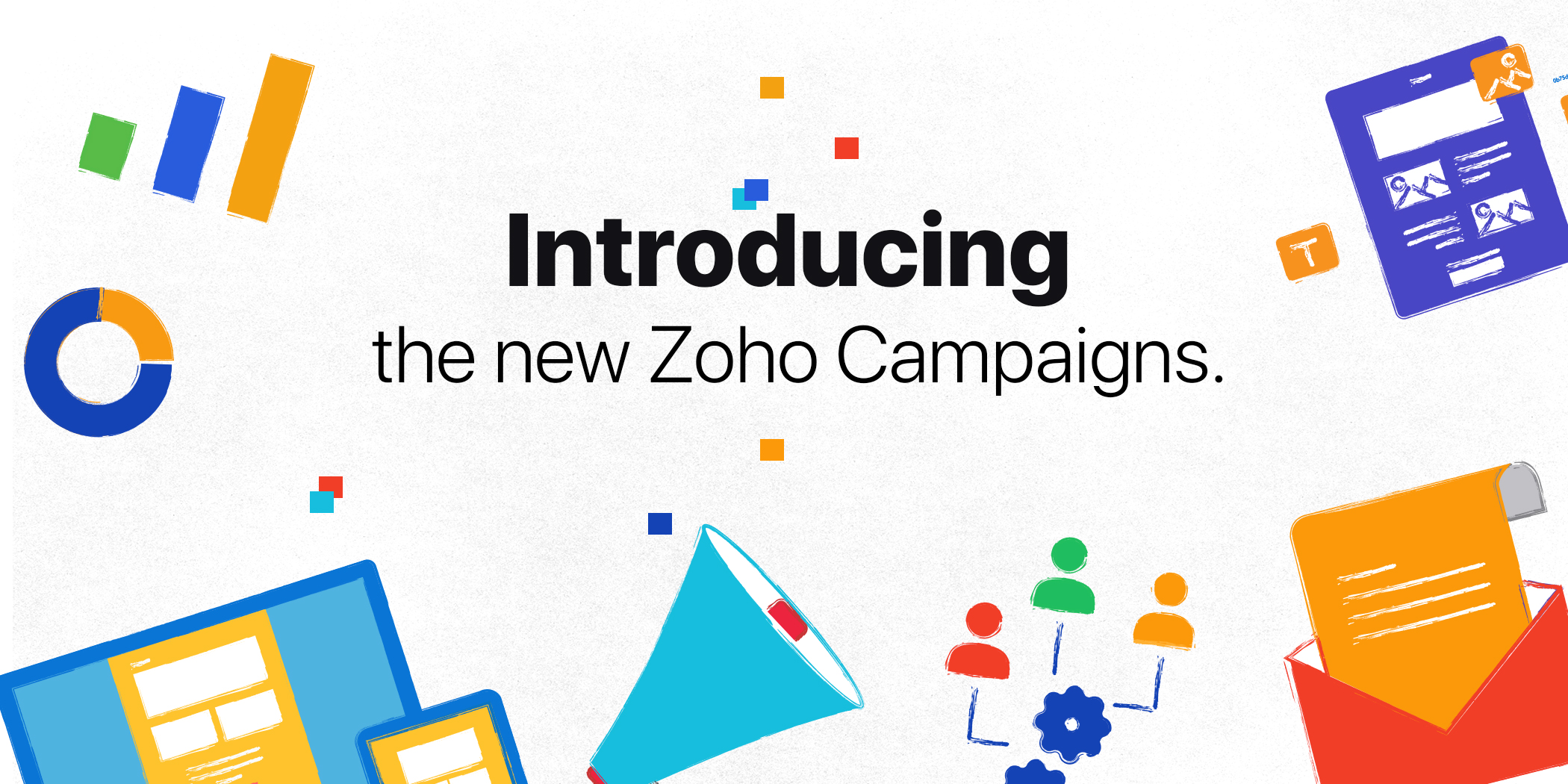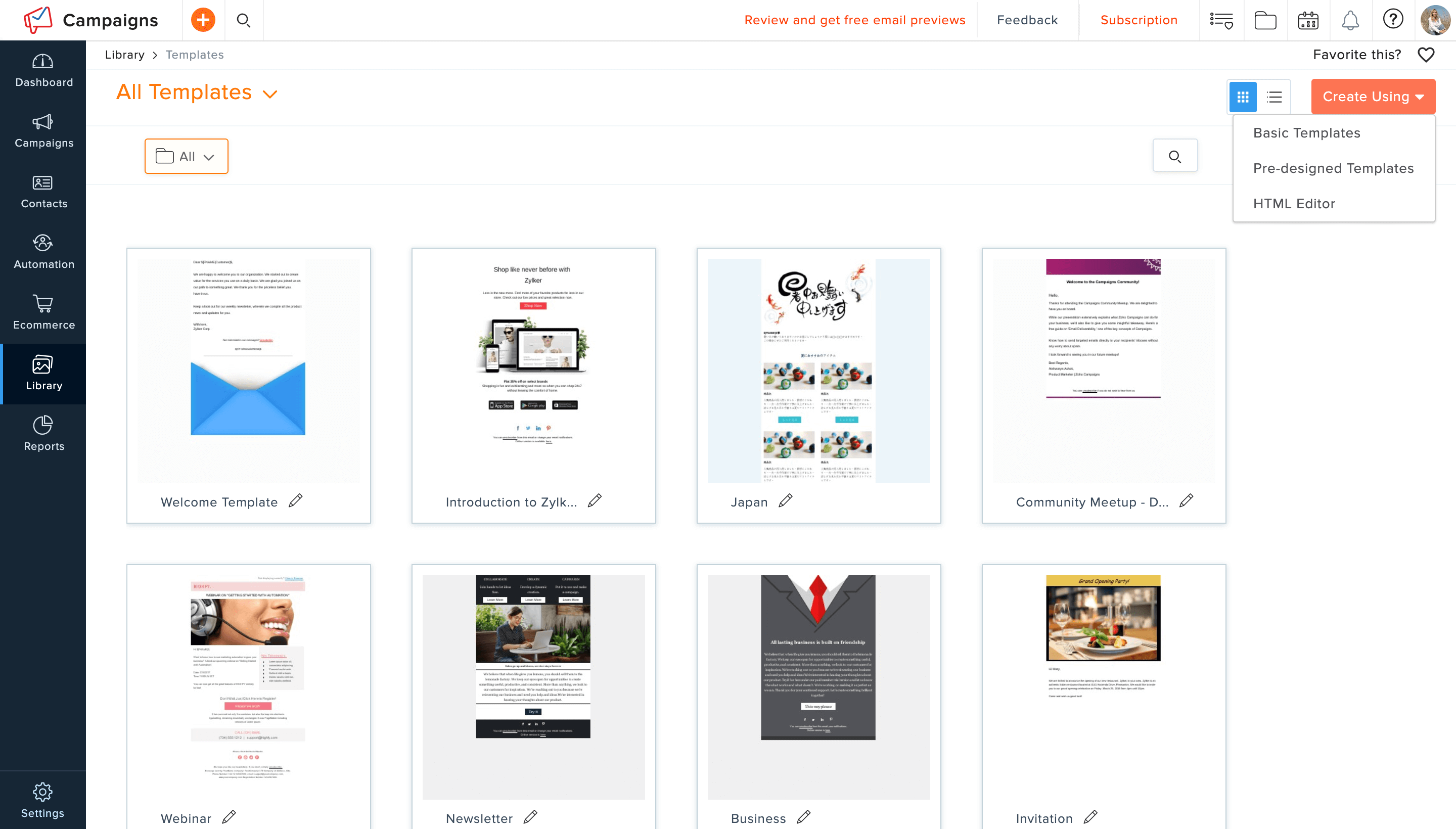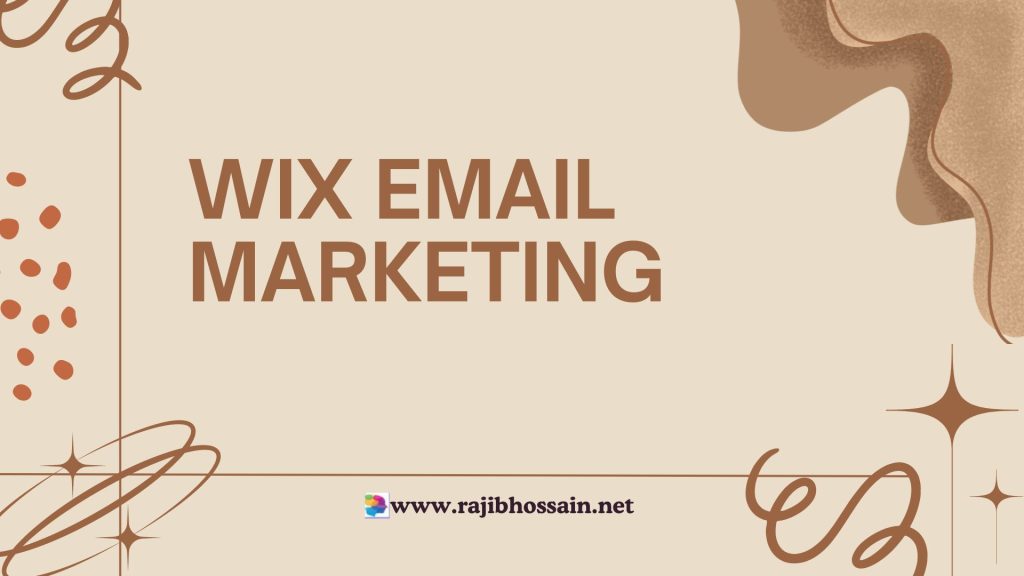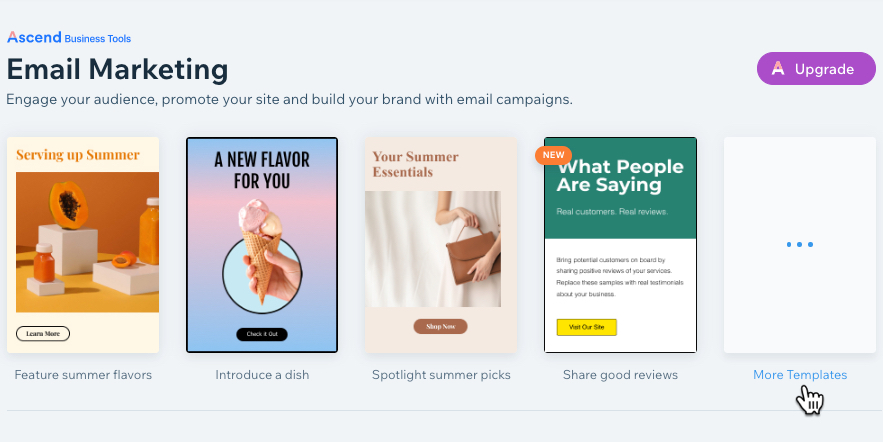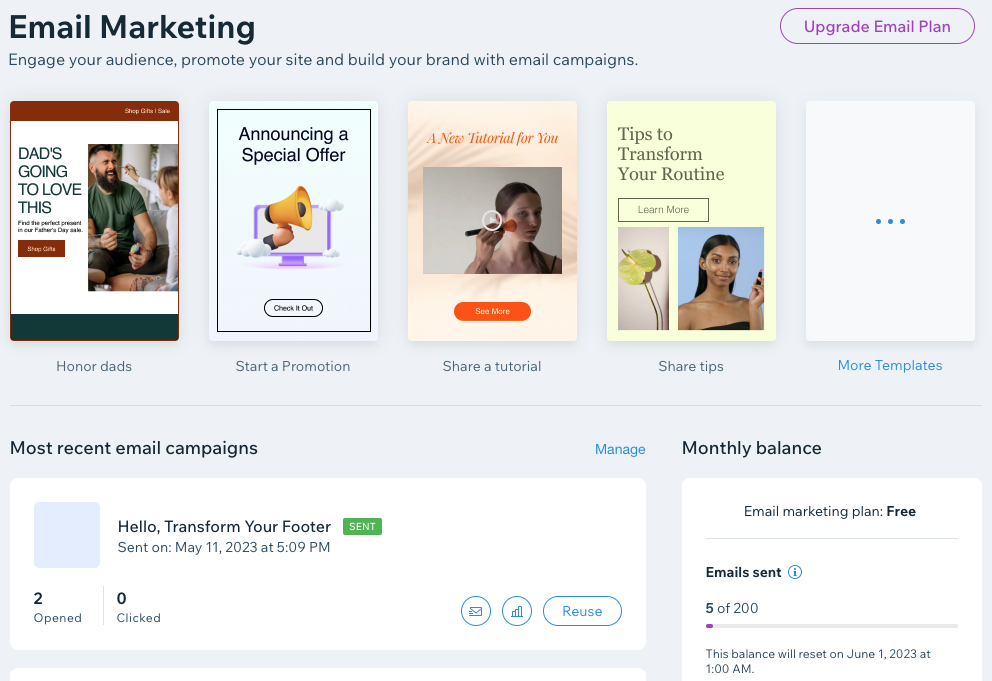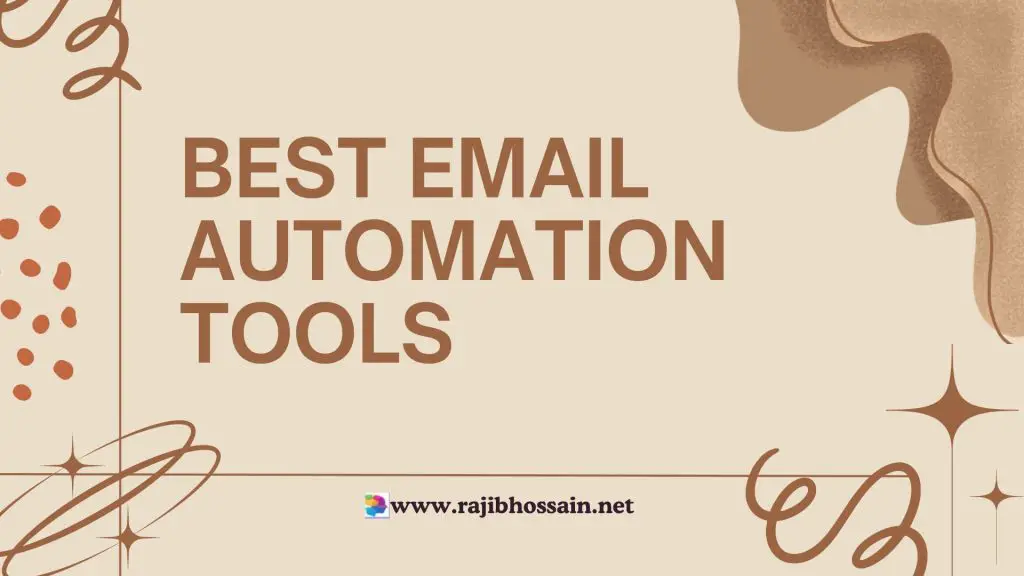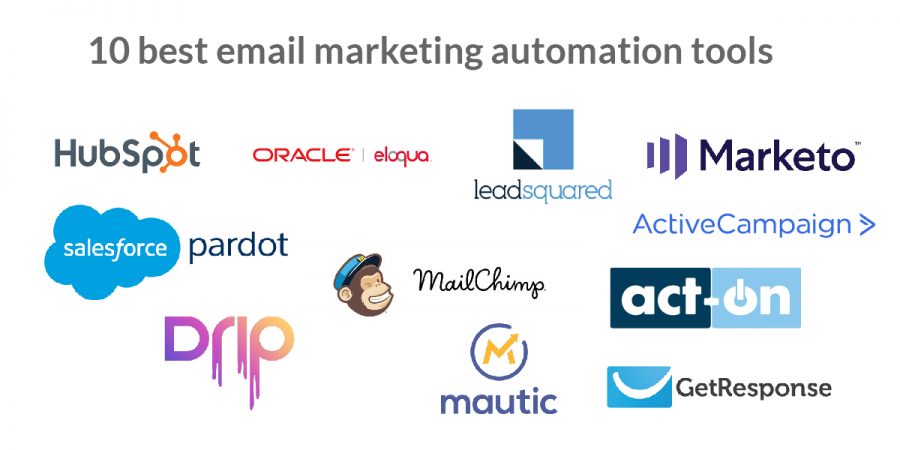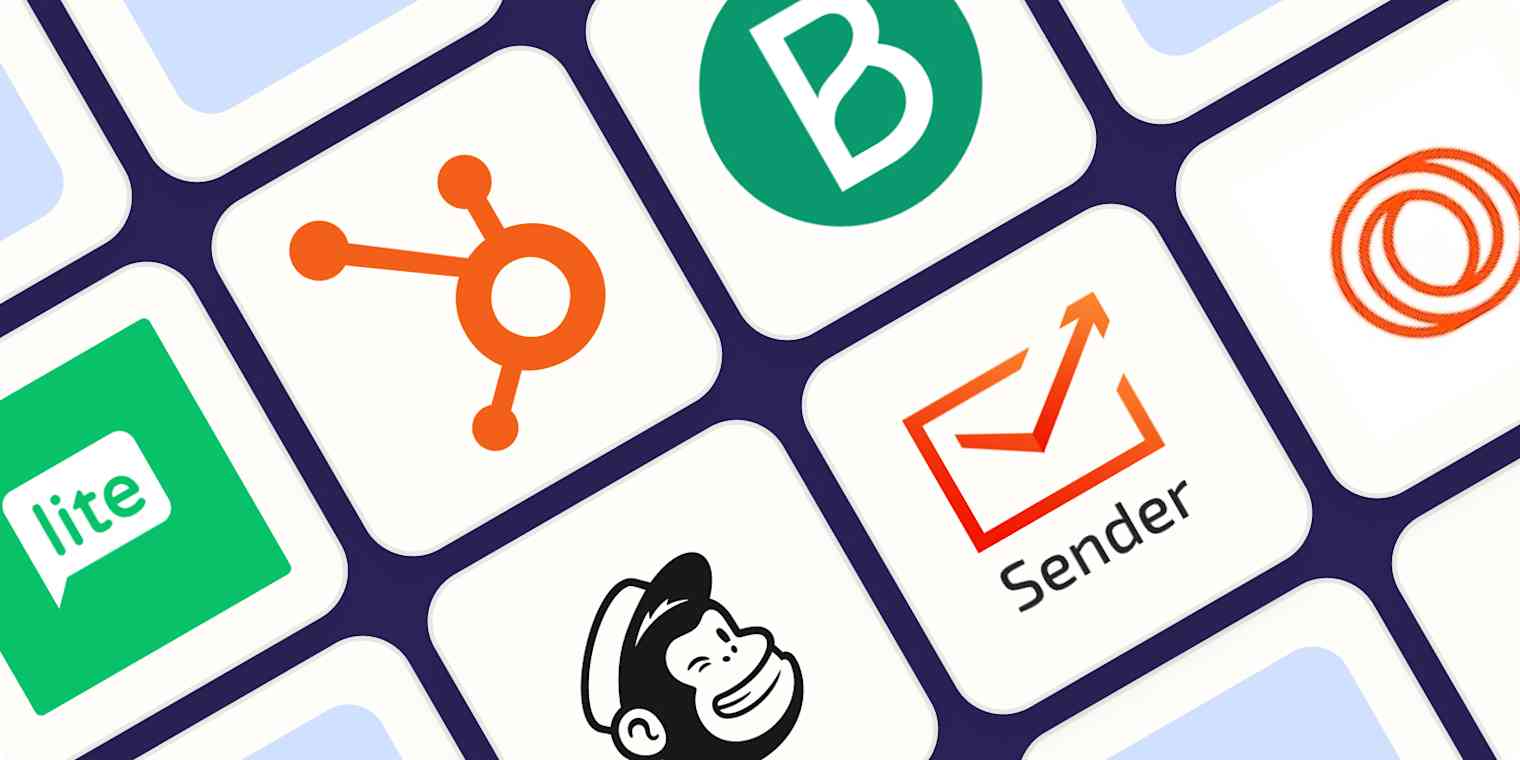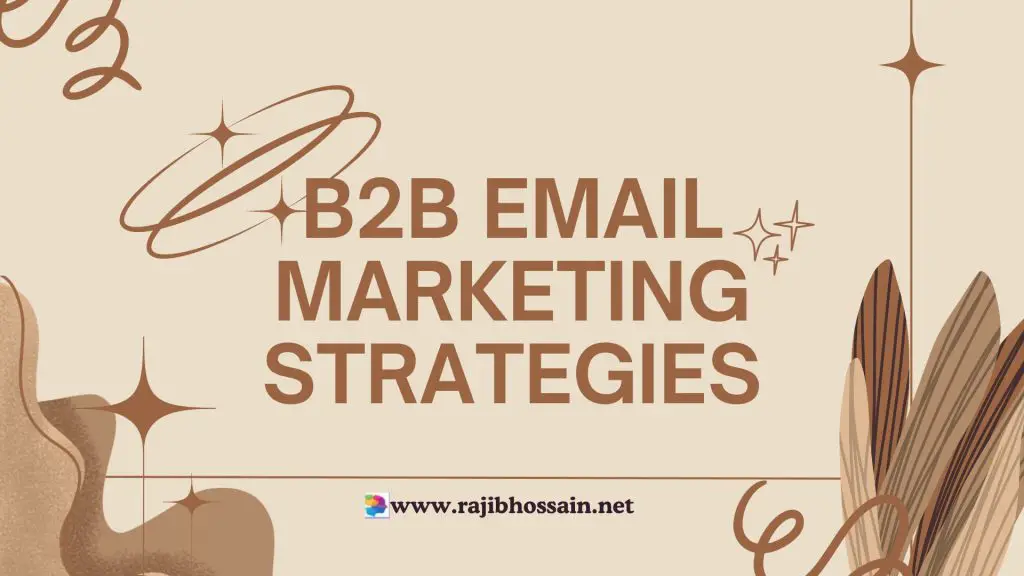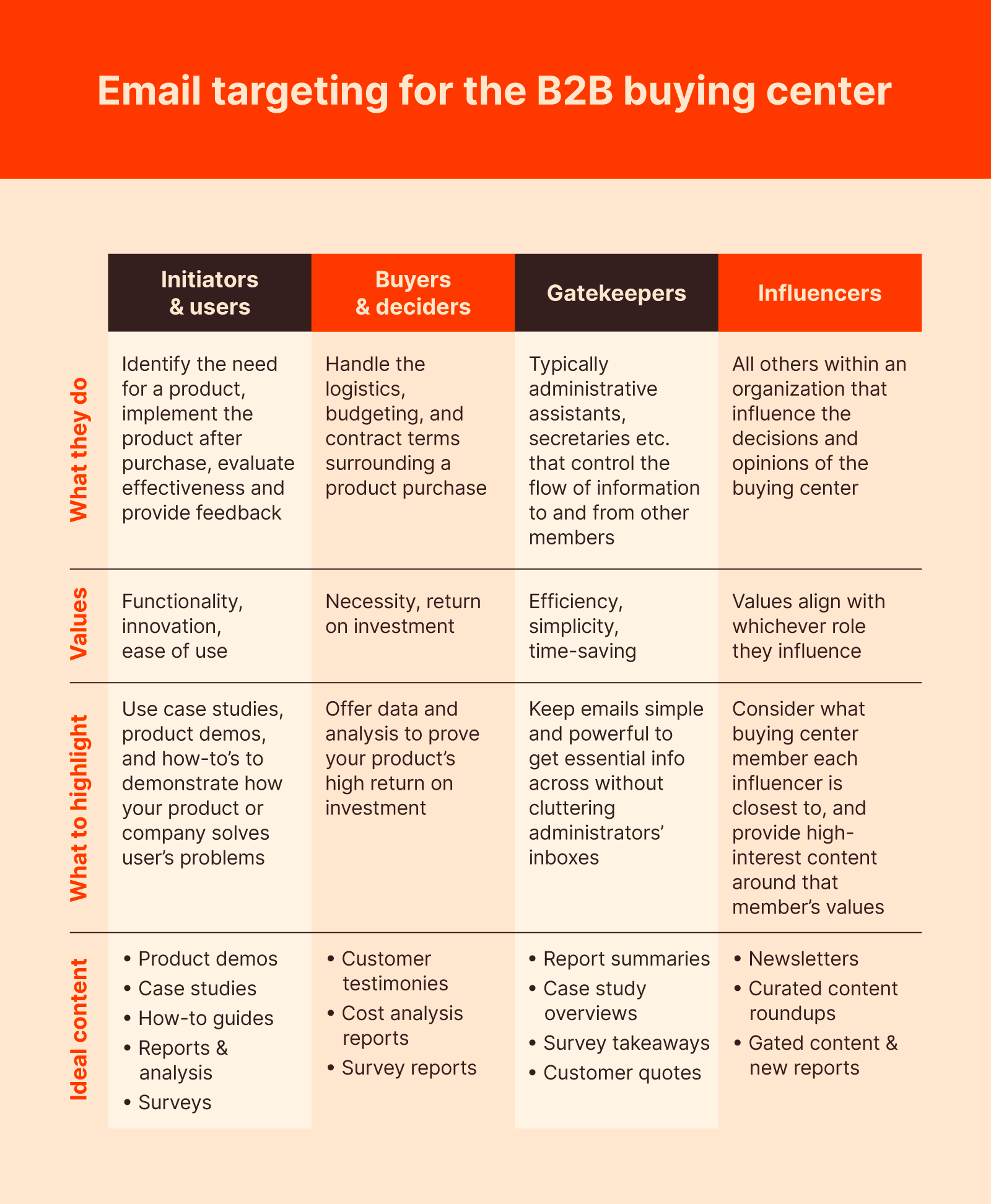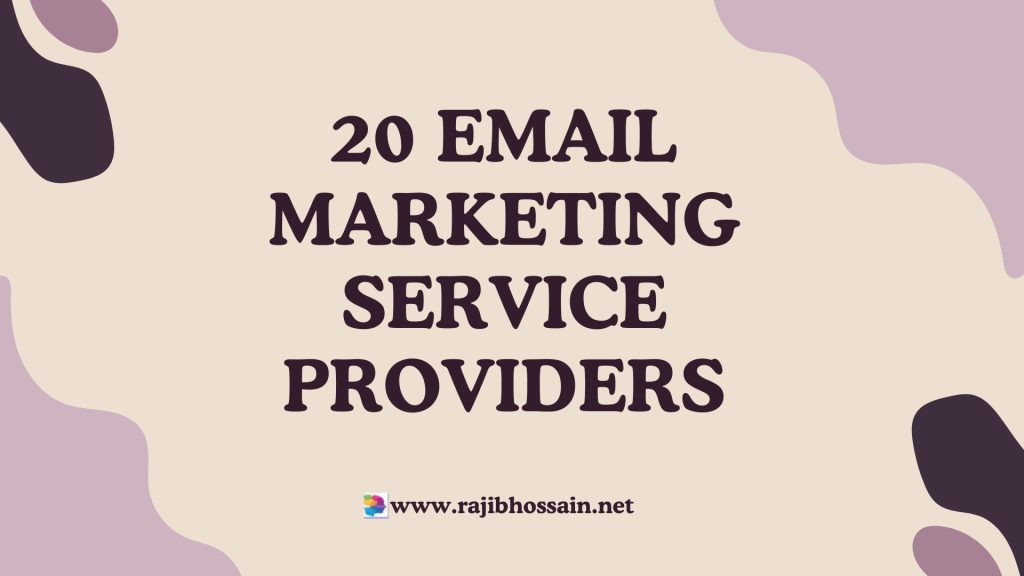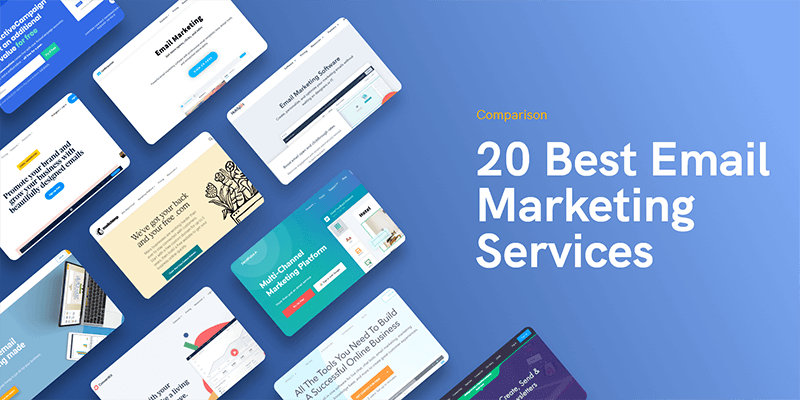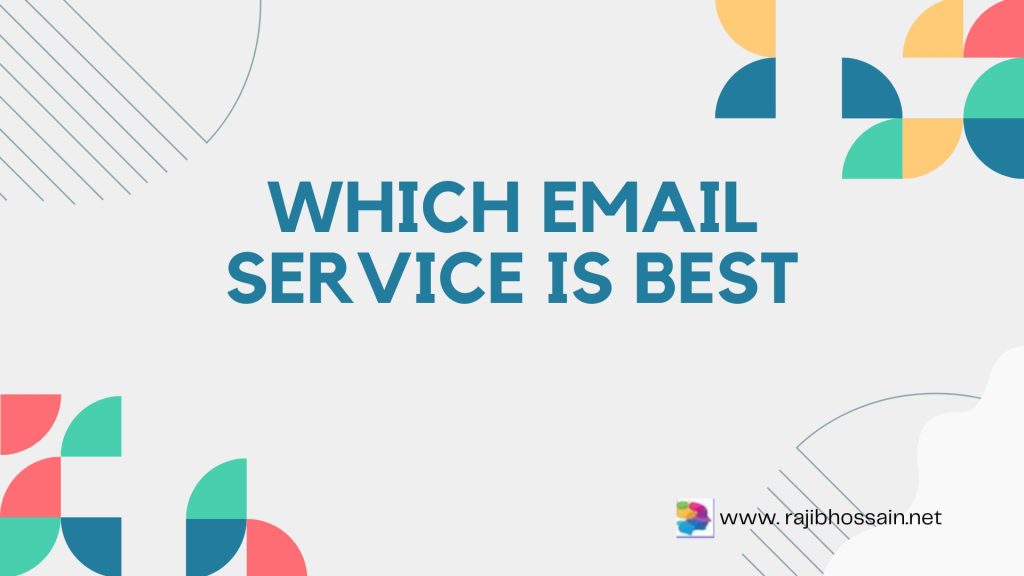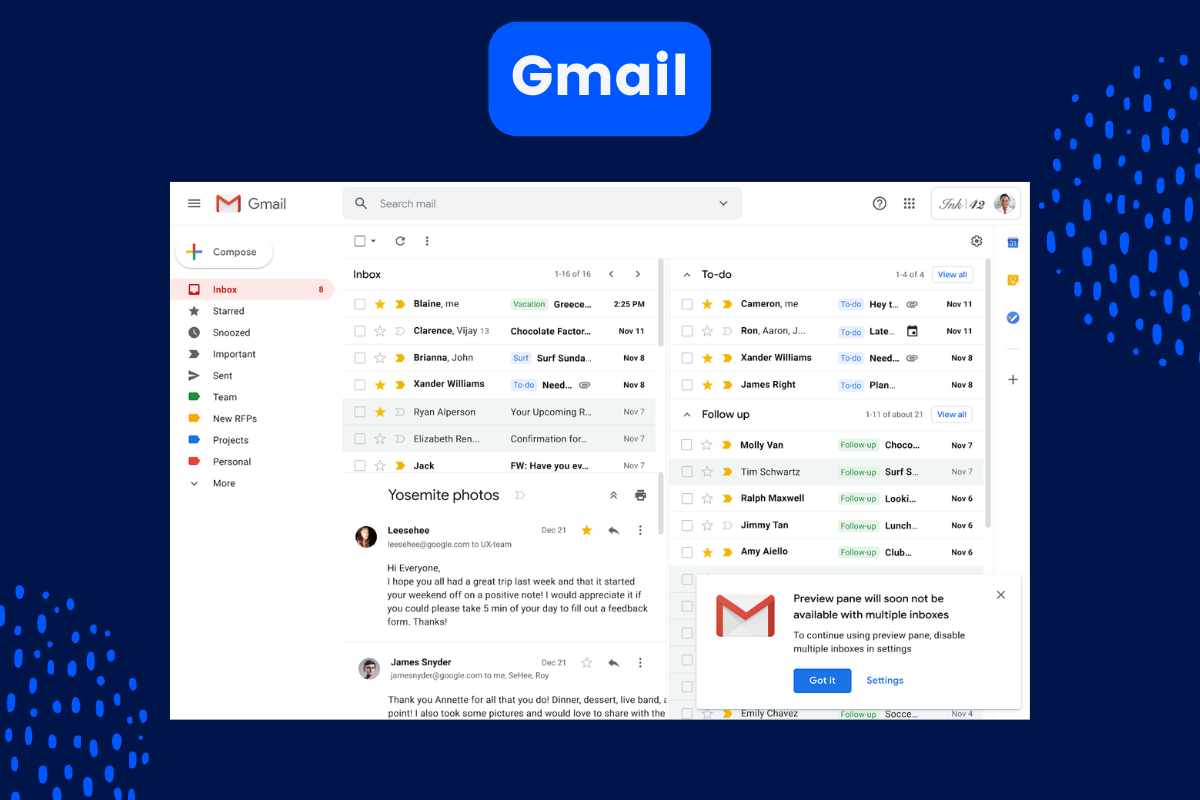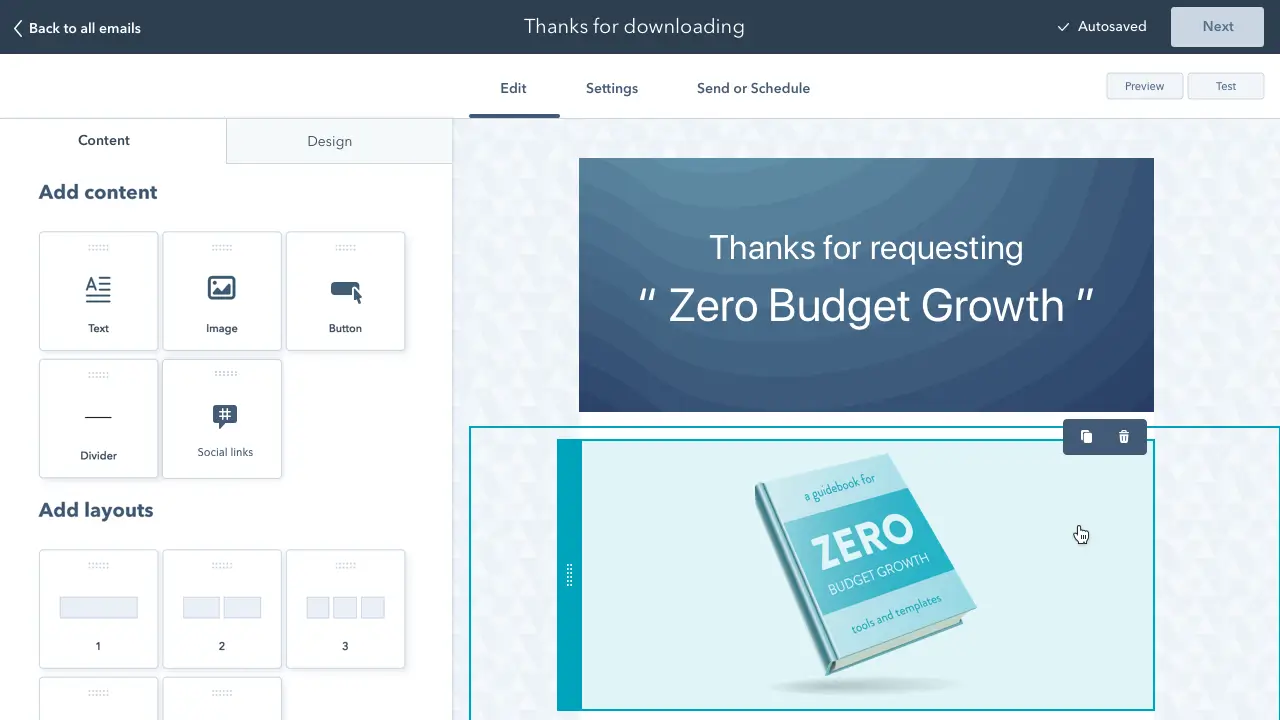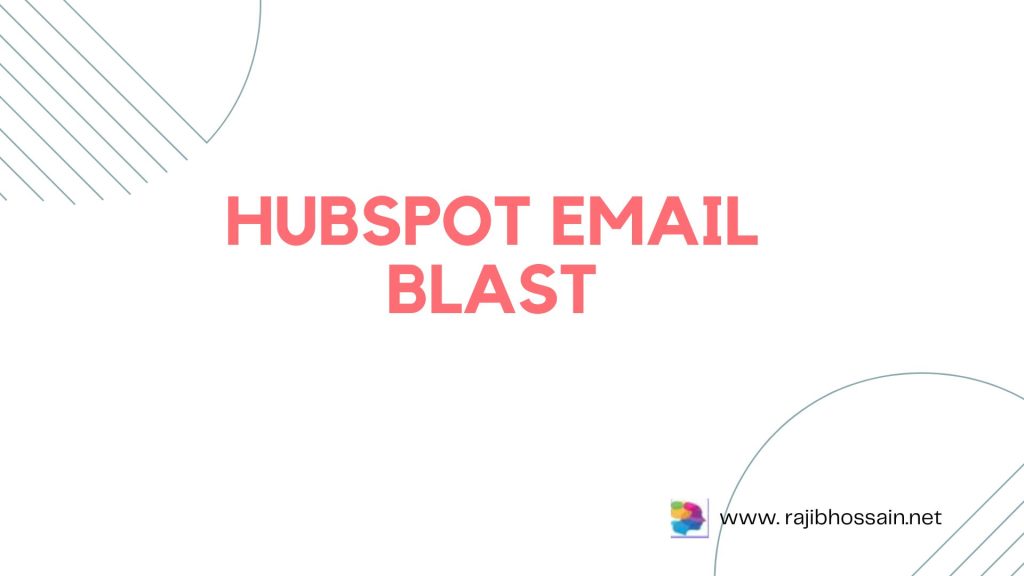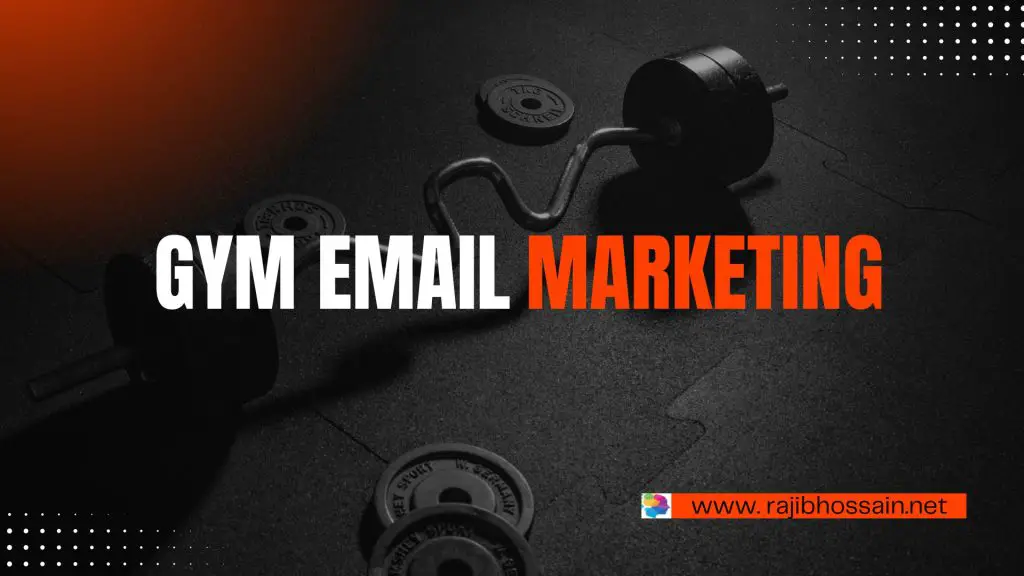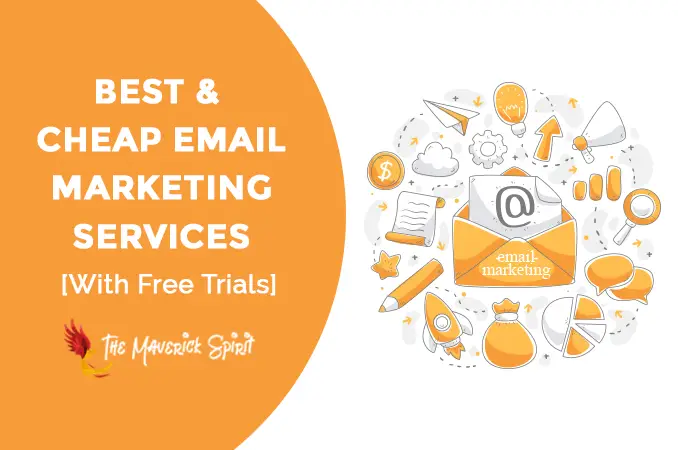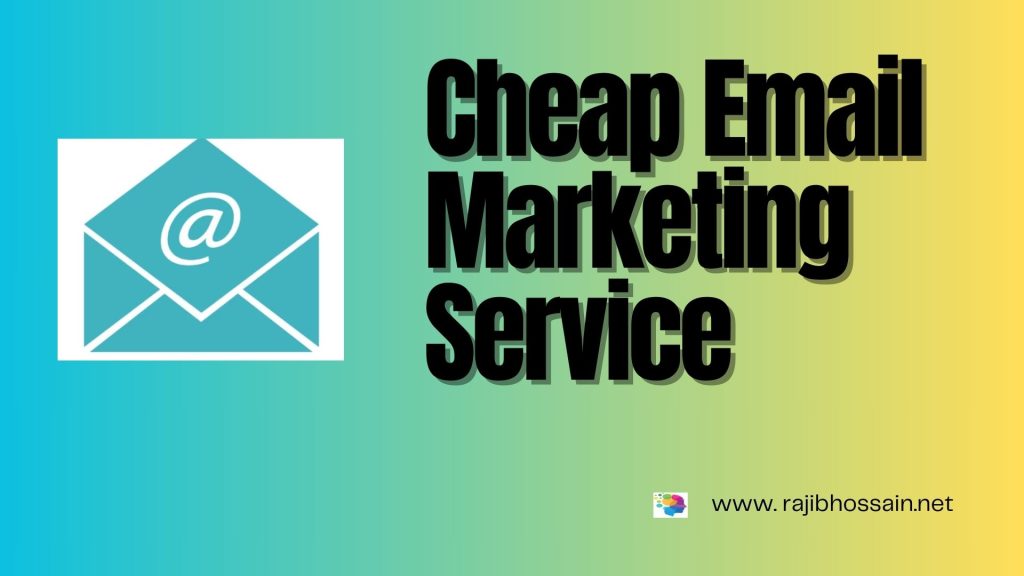
Email marketing for artists involves building a subscriber list and sending targeted emails to engage fans and promote artwork. It’s a powerful tool for increasing visibility and sales.
Email marketing offers artists a direct line to their audience. By collecting email addresses from website visitors and social media followers, artists can create a dedicated list of engaged subscribers. Sending regular updates, exclusive offers, and behind-the-scenes content helps maintain interest and build a loyal fan base.
Personalized messages can significantly boost engagement and sales. Email marketing also allows artists to showcase new pieces, announce exhibitions, and share stories that resonate with their audience. It’s a cost-effective strategy that can lead to increased visibility and stronger connections with fans and collectors.
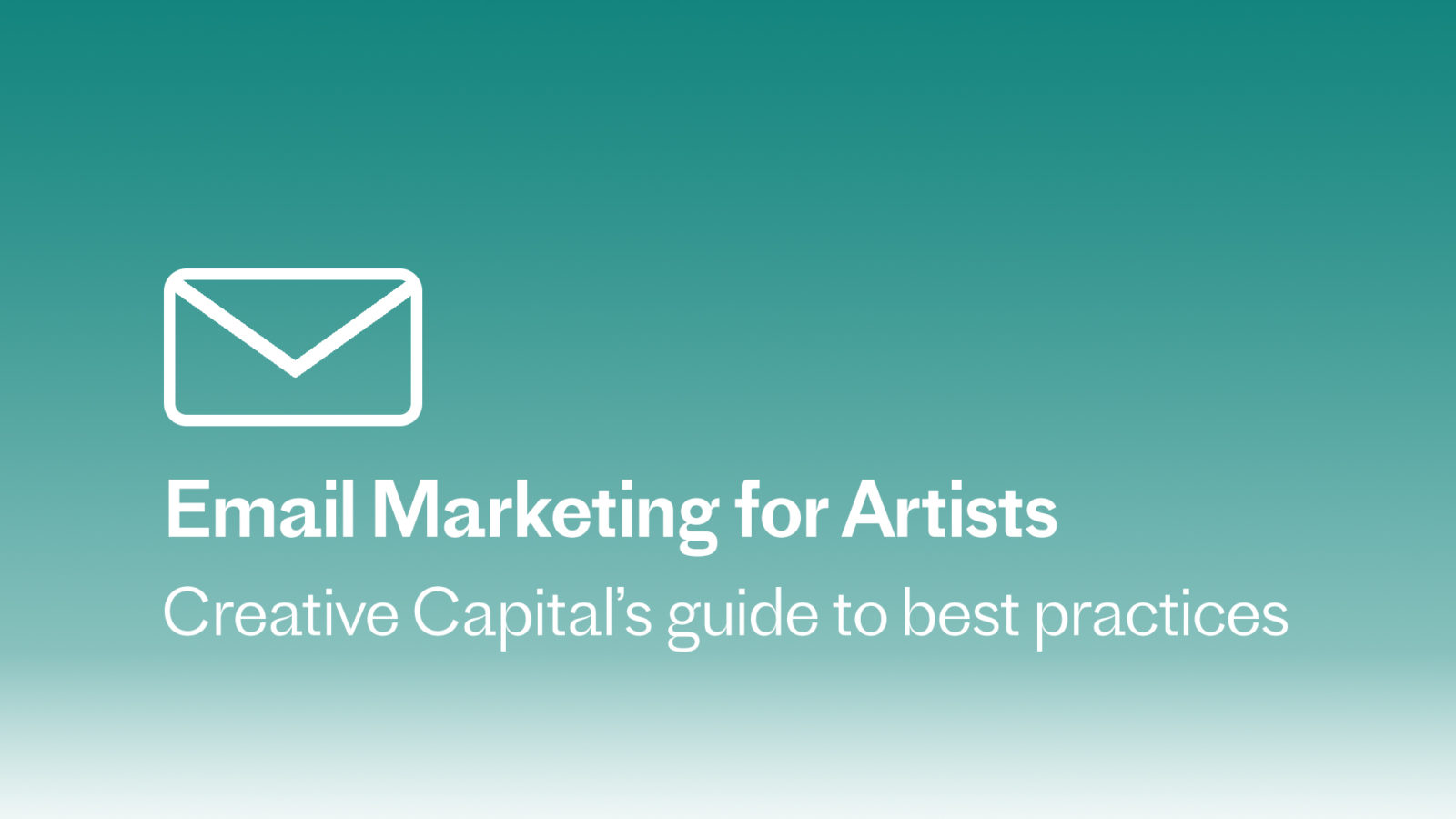
Credit: creative-capital.org
The Intersection Of Art And Email Marketing
Email marketing connects artists directly with their audience. It offers a personal touch. Artists can share new works, events, and stories. This builds a strong bond with their fans. Email marketing helps artists grow their brand and sell more art.
Why Email Marketing Resonates With Art Buyers
Art buyers value personal connections. Email marketing offers a direct link to artists. This makes the buying process more intimate. Buyers feel special when they receive exclusive content. They get updates on new pieces and upcoming shows. This keeps them engaged and interested.
Emails can showcase high-quality images of art. This allows buyers to see details up close. They can appreciate the colors and textures. This increases the chances of a sale. Email marketing also helps build trust. Regular updates show that the artist is active and committed.
The Artistic Edge In Your Inbox
Emails can be as creative as the art they promote. Artists can use unique designs and layouts. This makes their emails stand out. Engaging visuals capture the reader’s attention. They reflect the artist’s style and personality.
Storytelling is powerful in email marketing. Artists can share the story behind each piece. This adds depth and meaning to their work. Buyers feel more connected to the art. They understand the inspiration and process behind it.
Including videos or behind-the-scenes content adds value. Buyers love to see how art is made. This creates a deeper connection with the artist. It also makes the email experience more interactive and memorable.
Here are some tips for artists to enhance their email marketing:
- Use high-quality images of your art.
- Tell the story behind each piece.
- Share exclusive content and offers.
- Keep your design unique and creative.
- Include videos and behind-the-scenes content.
These strategies can help artists create engaging emails. They can build stronger connections with their buyers. This can lead to increased sales and a loyal following.
Building Your Artist Mailing List
Growing your artist mailing list is key to your success. A strong mailing list connects you with your audience. It helps you share your latest works and updates. Let’s explore how to build this valuable list.
Leveraging Social Media For List Growth
Social media is a powerful tool. Use it to grow your mailing list. Here are some tips:
- Share links to your sign-up form on your profiles.
- Create engaging posts that encourage sign-ups.
- Offer exclusive content or discounts for subscribers.
- Host giveaways where entry requires a sign-up.
Engage with followers and promote your mailing list. Use Instagram, Facebook, and Twitter. Each platform offers unique ways to connect.
| Platform | Strategy |
|---|---|
| Use Stories and bio links for sign-ups. | |
| Pin a post with your sign-up link. | |
| Tweet the sign-up link regularly. |
Opt-in Strategies At Art Shows
Art shows are great for list-building. Meet people who love your art. Here are some ways to get them to sign up:
- Have a sign-up sheet at your booth.
- Offer a giveaway for those who join your list.
- Provide a QR code that links to your sign-up form.
- Talk to visitors about the benefits of joining your list.
Make it easy and inviting. A simple, well-placed sign-up form can do wonders. Collect emails and build relationships.
Crafting Emails That Showcase Your Art
Email marketing can help artists connect with their audience. Crafting the perfect email is key. It should showcase your art effectively.
The Visuals: High-quality Images And Layout
Visuals are very important in your emails. High-quality images of your art grab attention. Use a clean layout to make images stand out.
- Use high-resolution images.
- Keep the layout simple and clean.
- Include only a few images per email.
Good visuals make people want to know more about your art. They can see the details and feel the emotion in your work.
The Words: Crafting An Artistic Narrative
The words you use are just as important as the images. Tell a story about your art. Explain the inspiration behind each piece.
- Write short, engaging sentences.
- Use simple language that everyone can understand.
- Share personal stories or experiences related to your art.
A strong narrative keeps readers interested. It makes your art more meaningful to them.
Timing Your Art Promotions
Timing is everything in email marketing for artists. Sending your art promotions at the right moment can boost engagement and sales. Knowing when to send your emails is crucial. In this section, we’ll discuss how to time your art promotions for maximum impact.
Seasonal Campaigns And Art Releases
Seasonal campaigns can be very effective. Think about holidays, seasons, and special occasions. These times offer great opportunities to connect with your audience. For example, you can create special art pieces for Christmas or Halloween. Release these artworks a few weeks before the holiday. This gives your audience time to buy and enjoy your art.
Art releases should also be timed carefully. Plan your releases around key dates. You can use a calendar to mark important dates. This helps you stay organized and ensures your promotions are timely.
| Season | Campaign Ideas |
|---|---|
| Winter | Holiday-themed art, New Year sales |
| Spring | Spring collection, Easter promotions |
| Summer | Summer-themed art, mid-year sales |
| Fall | Autumn collection, Halloween art |
Event-driven Email Strategies
Event-driven emails are another powerful tool. These emails are triggered by specific events or actions. For example, you can send a welcome email to new subscribers. This helps build a connection with your audience.
You can also send emails for art exhibitions or gallery shows. Notify your subscribers about upcoming events. Include details like date, time, and location. This can increase attendance and interest in your art.
Another idea is to send follow-up emails after events. Thank your audience for attending. Share highlights and photos from the event. This keeps your audience engaged and interested in your work.
- Welcome emails for new subscribers
- Event notifications for exhibitions
- Follow-up emails after events
These strategies can help you make the most of your email marketing. Plan your timing carefully. Use seasonal campaigns and event-driven emails to boost your art promotions.
Segmentation And Personalization Techniques
Email marketing for artists can be powerful. Segmentation and personalization techniques can greatly improve your results. Segmenting your audience and personalizing your emails ensure that your messages resonate. This increases engagement and helps build stronger relationships with your audience.
Catering To Different Types Of Art Collectors
Different art collectors have different tastes and preferences. Segment your email list based on these differences. Here are some ways to segment your audience:
- New Collectors: People new to collecting art.
- Experienced Collectors: Those with a history of collecting.
- Genre Preferences: Fans of specific art styles (e.g., abstract, realism).
- Purchase History: Past buyers of your art.
Use this information to send tailored content. For example, share beginner tips with new collectors. Offer exclusive previews to experienced collectors. This targeted approach makes your emails more relevant.
Personal Touch: Birthday And Anniversary Emails
Personalized emails can foster a deeper connection with your audience. Birthday and anniversary emails are a great way to show you care. Here are some ideas:
- Birthday Emails: Send a special greeting on their birthday. Include a discount or special offer.
- Anniversary Emails: Celebrate the anniversary of their first purchase. Thank them for their support with a special note.
These personal touches can make your audience feel valued. Personalized messages can enhance their loyalty to you. Use these techniques to create a more engaging email marketing strategy.
Automating Your Email Marketing Efforts
Artists can save time by automating their email marketing efforts. Automation helps you stay connected with your audience. Let’s explore how to set up a welcome series for new subscribers and post-purchase follow-ups.
Welcome Series For New Subscribers
A welcome series is the first impression you make. It introduces new subscribers to your art. This series can include:
- A thank you email for subscribing
- Information about your art journey
- Links to your social media profiles
- A special discount on their first purchase
Here is a table showing a simple welcome series schedule:
| Day | Email Content |
|---|---|
| Day 1 | Welcome and thank you |
| Day 3 | Your art journey |
| Day 5 | Social media links |
| Day 7 | Special discount offer |
Post-purchase Follow-ups And Education
Post-purchase follow-ups show you care about your buyers. They also help educate them about your art. Here are some ideas for follow-up emails:
- Thank you email with purchase details
- Email asking for feedback or a review
- Tips on how to care for the purchased art
- Information about upcoming art pieces or events
Automating these follow-ups keeps your buyers engaged. It also builds a loyal customer base. Here is a sample schedule for post-purchase emails:
| Day | Email Content |
|---|---|
| Day 1 | Thank you and purchase details |
| Day 3 | Request for feedback |
| Day 5 | Tips on caring for art |
| Day 7 | Upcoming art pieces or events |
Using these automated emails, you can focus more on creating art. Your audience will feel valued and informed.
Measuring The Success Of Your Email Campaigns
Email marketing can be a powerful tool for artists. It helps in engaging with fans, promoting new works, and driving sales. But how do you know if your email campaigns are successful? Measuring the success of your email campaigns is essential. It helps you understand what works and what needs improvement.
Key Metrics For Artists To Monitor
To measure the success of your email campaigns, monitor key metrics. These metrics provide insights into your audience’s engagement and behavior.
| Metric | Description |
|---|---|
| Open Rate | The percentage of recipients who open your email. |
| Click-Through Rate (CTR) | The percentage of recipients who click on links in your email. |
| Bounce Rate | The percentage of emails that did not reach recipients. |
| Conversion Rate | The percentage of recipients who completed a desired action. |
| Unsubscribe Rate | The percentage of recipients who unsubscribed from your list. |
Adjusting Strategies Based On Analytics
Use the data from your email metrics to adjust your strategies. This helps improve your email marketing effectiveness.
- Low Open Rates: Try changing your subject lines. Make them more engaging and relevant.
- Low CTR: Improve the content inside your emails. Add clear calls to action and compelling visuals.
- High Bounce Rates: Clean your email list. Remove invalid or inactive email addresses.
- Low Conversion Rates: Ensure your landing pages are optimized. They should be easy to navigate and relevant to your email content.
- High Unsubscribe Rates: Reevaluate your email frequency and content. Ensure you are providing value to your subscribers.
By monitoring these metrics and adjusting your strategies, you can enhance your email marketing efforts. This leads to better engagement and increased success for your art business.
Navigating Email Marketing Challenges
Email marketing is a powerful tool for artists. Yet, it comes with its own set of challenges. Addressing these challenges ensures your emails reach your audience. Let’s explore two key areas: avoiding spam filters and staying compliant with email marketing laws.
Avoiding Spam Filters And Unsubscriptions
Spam filters can block your emails. This means your audience won’t see your art. Follow these steps to avoid spam filters:
- Use a clear subject line.
- Avoid all caps and too many exclamation marks.
- Personalize your emails.
- Include your physical address.
- Provide an easy way to unsubscribe.
Unsubscribes are a part of email marketing. Yet, you can minimize them:
- Send relevant content.
- Limit the frequency of your emails.
- Ask for feedback from those who unsubscribe.
Staying Compliant With Email Marketing Laws
Compliance with email laws is crucial. Here are some key points to keep in mind:
| Law | Requirement |
|---|---|
| CAN-SPAM Act | Include a clear opt-out option. |
| GDPR | Get explicit consent from EU users. |
| CASL | Get consent from Canadian users. |
Following these laws builds trust. It also keeps your email list clean and engaged.
Inspirational Email Marketing Case Studies
Email marketing can be powerful for artists. It helps connect with fans. Learn from case studies of other artists. Understand what works and what doesn’t. Get inspired by their stories. Avoid common mistakes in your campaigns.
Success Stories From Fellow Artists
Many artists find success with email marketing. Let’s look at some examples.
| Artist | Strategy | Outcome |
|---|---|---|
| Jane Doe | Weekly newsletters with art updates | 10% increase in art sales |
| John Smith | Exclusive previews for subscribers | 5% growth in subscriber base |
| Emily White | Personalized thank-you emails | Higher engagement and loyalty |
Jane Doe shared weekly newsletters. She saw a 10% increase in sales. John Smith offered exclusive previews. He grew his subscriber base by 5%. Emily White sent personalized thank-you emails. This boosted engagement and loyalty.
Lessons Learned From Campaign Mishaps
Not all campaigns go as planned. Learn from these mishaps.
- Too Many Emails: Over-emailing led to unsubscribes. Balance is key.
- Poor Subject Lines: Weak subject lines resulted in low open rates. Craft strong, catchy subjects.
- Ignoring Feedback: Not responding to feedback can hurt relationships. Always listen and adapt.
Some artists sent too many emails. This caused unsubscribes. Find a good balance. Others had poor subject lines. This led to low open rates. Create strong subjects. Ignoring feedback was another mistake. Always listen to your audience.

Credit: m.youtube.com
Advanced Email Marketing Tactics
Advanced email marketing tactics can elevate an artist’s outreach strategy. These methods help increase engagement and drive more sales. Let’s explore two key tactics: A/B Testing and integrating email with other marketing channels.
A/b Testing For Artistic Campaigns
A/B Testing allows artists to understand what works best in their emails. By sending two versions of an email to a small group, you can see which one performs better. This helps in optimizing open rates and click-through rates.
Artists can test various elements such as:
- Subject lines
- Images
- Call-to-action buttons
- Email content
Here’s a simple A/B Testing table for reference:
| Element | Version A | Version B | Winning Version |
|---|---|---|---|
| Subject Line | Exclusive Art Sale | Special Discount Inside | Version B |
| Image | Artwork A | Artwork B | Version A |
Integrating Email With Other Marketing Channels
Email marketing should not work alone. Integrate it with other channels for better results. This approach creates a seamless experience for your audience.
Here are some ways to integrate email with other channels:
- Social Media: Share email content on platforms like Instagram and Facebook.
- Website: Use email sign-up forms on your site to grow your list.
- Blog: Promote your latest blog post via email newsletters.
- Events: Send email invites to your art exhibitions or online events.
By integrating these channels, you ensure a cohesive marketing strategy. This helps in reaching a broader audience and increasing engagement.
Frequently Asked Questions
How Do I Sell My Art Through Email?
Promote your art by creating a compelling email list. Share high-quality images and engaging descriptions. Offer exclusive discounts. Include clear calls-to-action. Respond promptly to inquiries.
How To Build An Email List For Artists?
To build an email list for artists, use social media, offer free downloads, and run contests. Collaborate with other artists, and use sign-up forms on your website. Engage with your audience regularly to maintain interest.
Is Email Marketing Still Profitable?
Yes, email marketing remains highly profitable. It offers high ROI, low cost, and effective audience targeting. Businesses continue to see significant benefits.
How Do I Legally Send Marketing Emails?
To legally send marketing emails, get recipient consent, provide an opt-out option, include your business address, and avoid misleading subject lines. Ensure compliance with GDPR or CAN-SPAM Act.
Conclusion
Email marketing can transform an artist’s reach and engagement. By crafting personalized messages, artists can connect deeply with their audience. Regular updates and exclusive content build loyalty and drive sales. Embrace email marketing to grow your fanbase and elevate your art career.
Start today and see the difference it makes.

